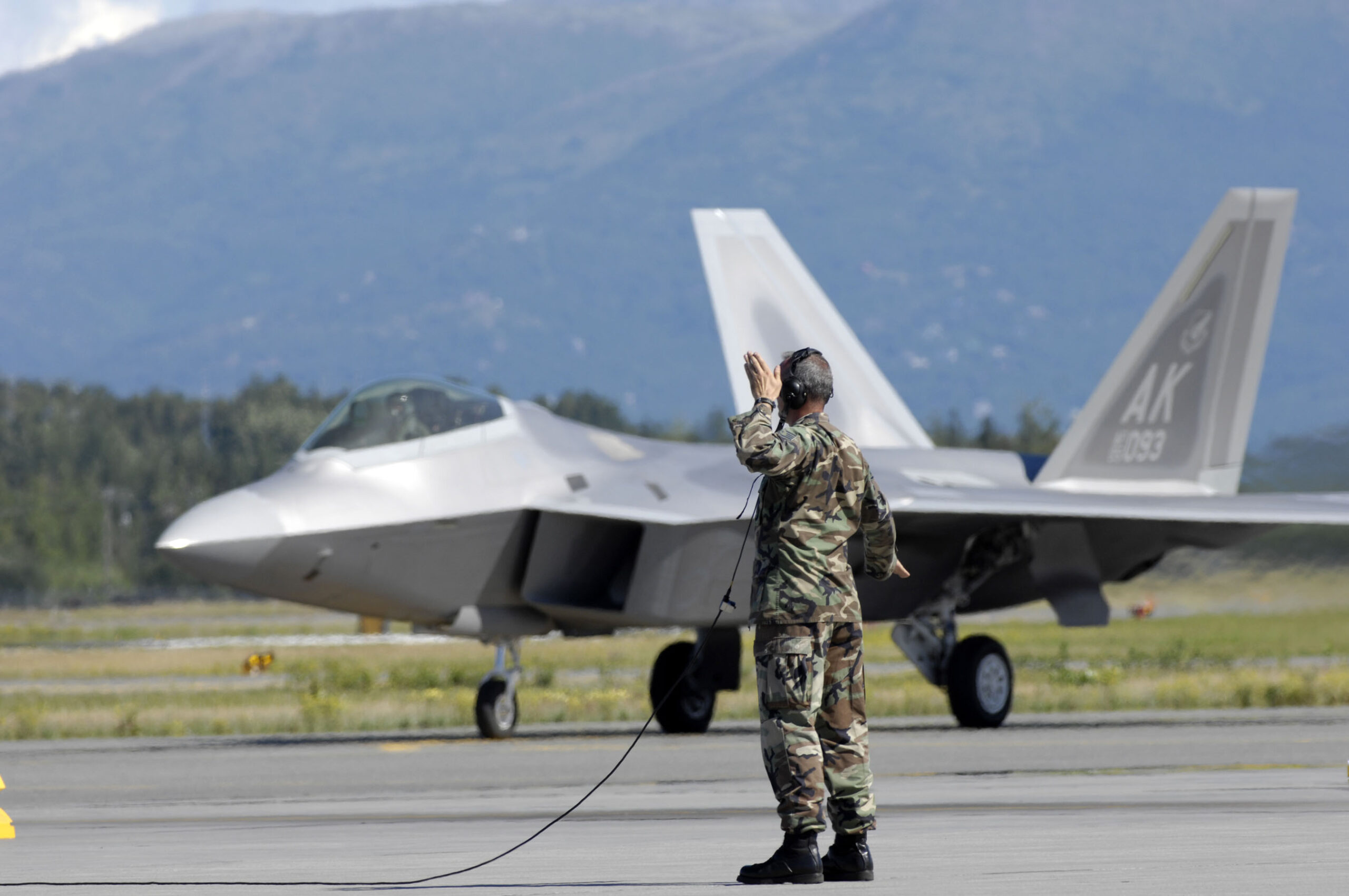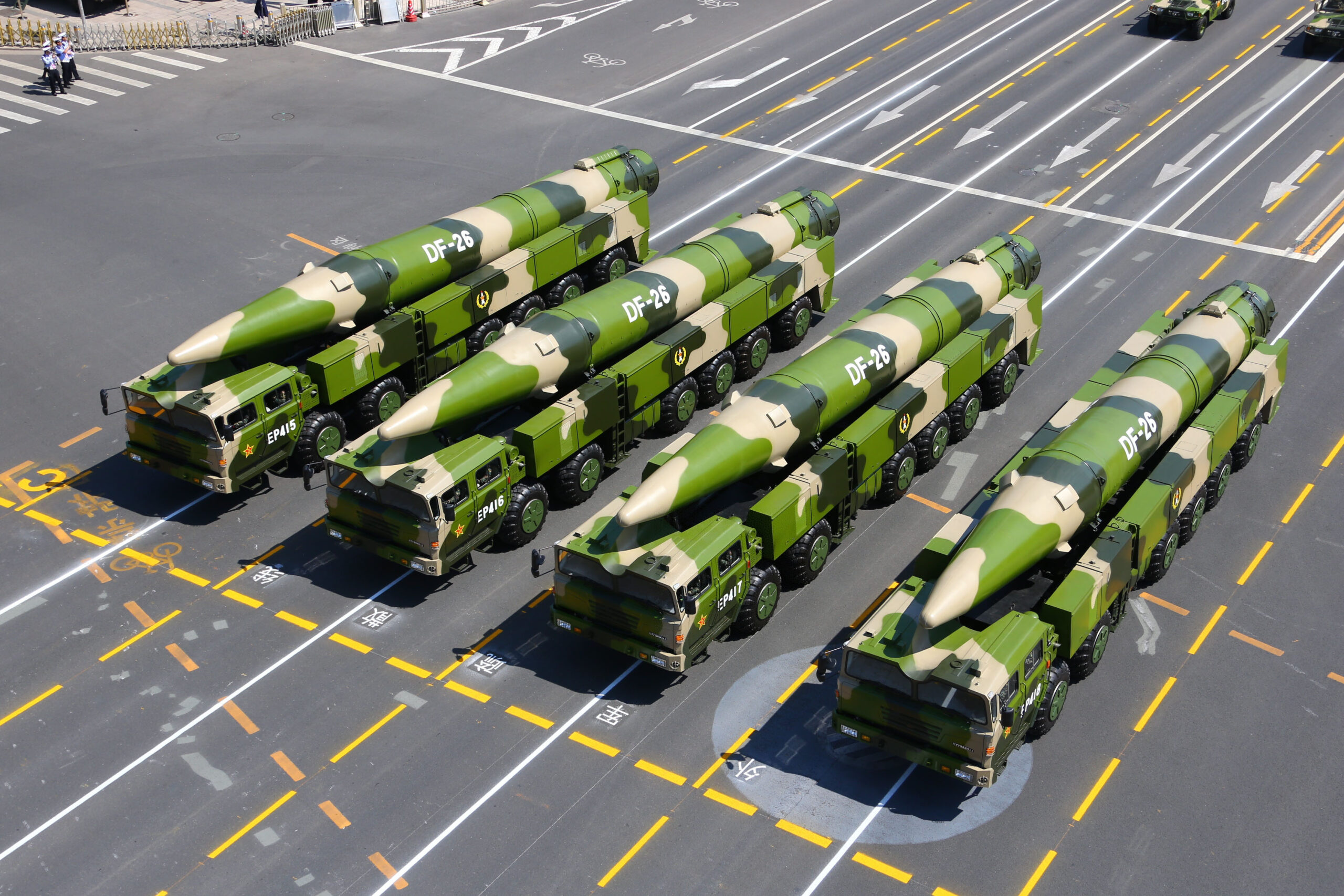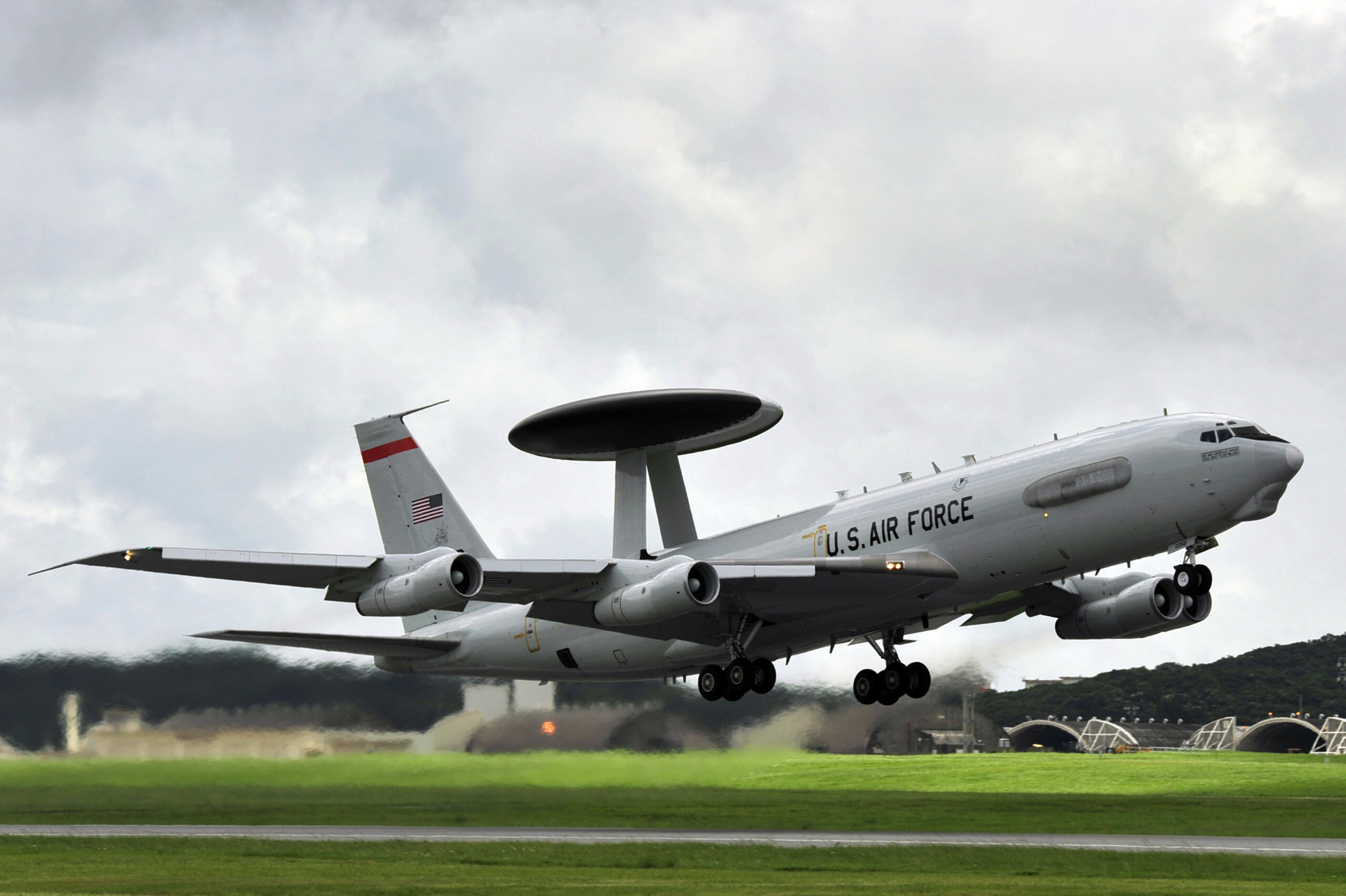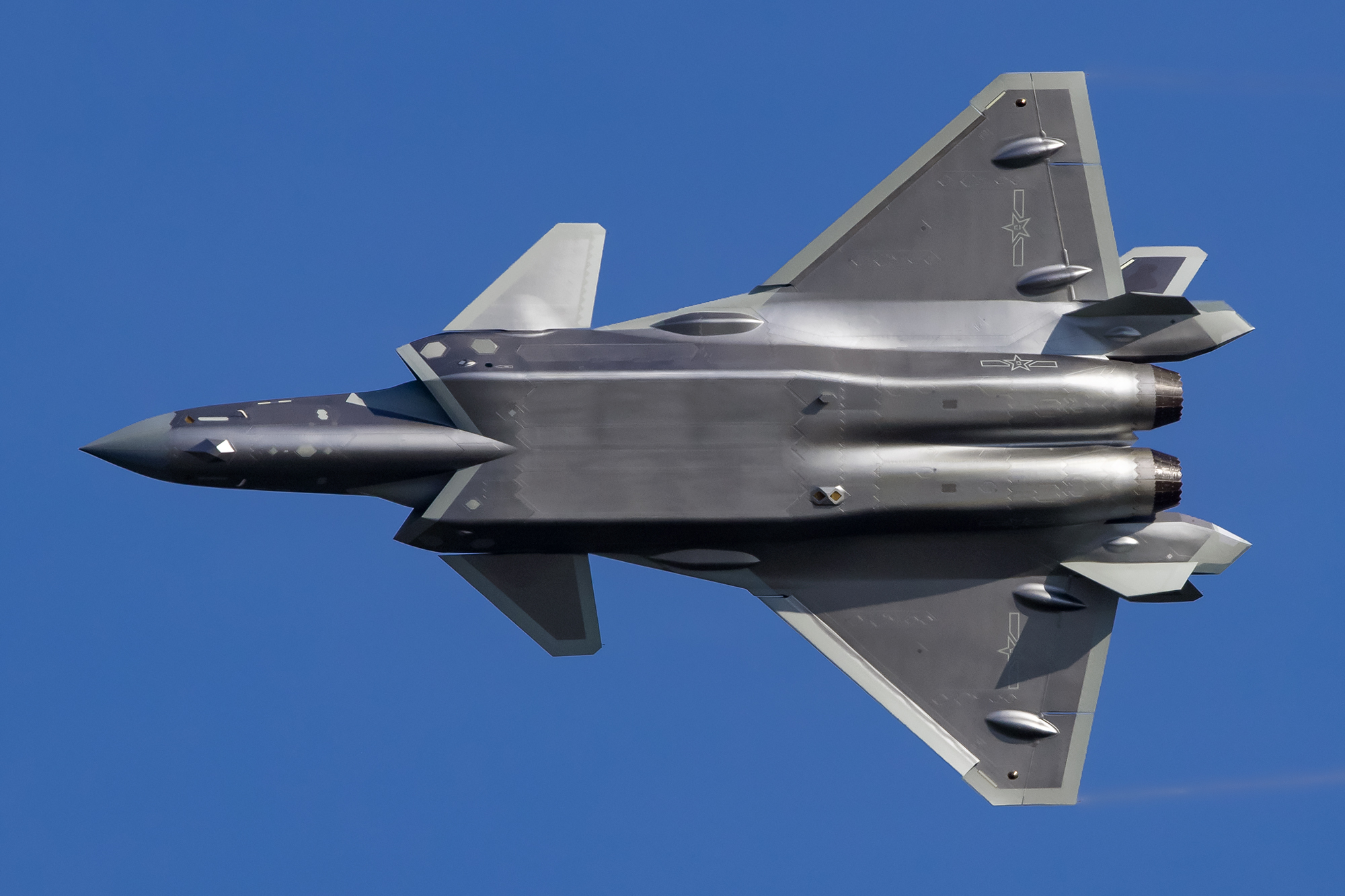The U.S. Air Force is to begin the drawdown of its only overseas-based F-15C/D Eagles, at Kadena Air Base on the Japanese island of Okinawa, as soon as next month, the service has confirmed to The War Zone. Following unconfirmed reports yesterday, which you can read about here, we now know for certain that rotational detachments of Air Force fourth and fifth-generation fighters from elsewhere will take over from the Eagles, at least initially, although the service is yet to decide on a long-term solution.
In an email to The War Zone today, Air Force spokesperson Ann Stefanek confirmed that “as part of its modernization plan, the United States Air Force is retiring the aging F-15C/D fleet of aircraft that has been in service for more than 30 years. Starting on November 1, DoD will commence a phased withdrawal of F-15C/D aircraft forward-deployed to Kadena Air Base over the next two years.”

Those F-15C/Ds are flown by the 44th Fighter Squadron (FS) “Vampires” and the 67th FS “Fighting Cocks.” The two squadrons currently have around 48 aircraft in total.

As expected, the air defense role of the veteran Kadena F-15s will be handled by temporary detachments of other fighter aircraft, which could include F-22 and/or F-35 stealth fighters.
“[The] DoD will continue to maintain a steady-state presence at Kadena by rotationally deploying newer and more advanced 4th and 5th generation aircraft to backfill the F-15s as they retire,” Stefanek explained.
The F-22, well-suited to the mission at Kadena, has been suggested as the likely candidate for the first six-month rotation, although that remains unconfirmed. Those aircraft would likely come from Elmendorf Air Force Base in Alaska, also under Pacific Air Forces. But as we have discussed, the advantages of the Raptor also need to be weighed up against the realities of its small fleet with generally limited availability — not least to demands in other theaters.

It’s not entirely clear whether the rotational detachments will continue only until the final withdrawal of the Eagles — a process that will take up to two years.
It may well be the case that the Air Force is still undecided on how it will provide fighters for Kadena beyond that date, although there appear to be several alternatives, including a return to a permanent forward-deployed fighter presence at the base.
Stefanek continued: “While we have not made a decision on the long-term solution, all of the proposals under consideration include advanced capabilities that are superior to the F-15C/D. Until that decision is made, DoD will continue to use the Global Force Management process to provide backfill solutions that maintain regional deterrence and bolster our ability to uphold our Treaty obligations to Japan.”
The reference to “advanced capabilities that are superior to the F-15C/D” could conceivably take in a variety of aircraft types, from existing fifth-generation fighters like the F-22 and F-35 to future air combat platforms, as well as the latest iteration of the Eagle, the F-15EX. As we pointed out before, some officials had voiced hopes that the F-15EX would find its way to Kadena, although plans announced earlier this year to reduce the number of these aircraft being bought from at least 144 to 80 make that seem far less likely. There’s even a question as to whether some current F-15C/D units will even retain flying missions in the future. You can read our report on this potential outcome here.

As it stands, there is nothing clearly stated indicating that the Air Force plans to entirely remove some kind of fighter presence from Kadena, a base with a highly strategic location and multiple other combat support assets.
In the wake of the first reports that the Eagles were being removed from Kadena, there was much speculation that the decision had been based, at least to a degree, on the fact that the facility, and others like it, would be particularly vulnerable to Chinese strikes at the onset of hostilities with that country.
Certainly, the vulnerability of conventional, established airbases to attacks by Chinese ballistic and cruise missiles has driven changes in operational doctrine in the Asia Pacific region, and this has affected fighter units, too.

However, removing fighters from Kadena would only solve part of the problem, with other vital assets still at the base and they would be more vulnerable without the fighters there. Having fighters deployed to alternative locations, including on improvised airstrips, might give them a much better chance of surviving a preemptive attack, but they would be far less effective without the support of KC-135R aerial refueling tankers and E-3 AWACS airborne early warning and control aircraft, for example. Both of these are also at Kadena, with no sign that they will relocate elsewhere.

As to the suggestion that withdrawing the Eagles and replacing them with rotational fighters, at least in the short term, threatens the U.S. relationship with Japan, Stefanek asserted that “The U.S. commitment to regional deterrence and the defense of Japan is ironclad.”
It’s notable, however, that the move comes after Japan has increased its fighter force on Okinawa to meet an increased demand to respond to foreign military aircraft activity, as well as part of a broader ‘southwest shift,’ to refocus on Chinese threats in the East China Sea and elsewhere.
“Modernizing our capabilities in the Indo-Pacific theater remains a top priority for the United States,” Stefanek added. “The transition to more capable aircraft at Kadena exemplifies our continued commitment to enhancing our posture and building on the strong foundation of our Alliance with Japan.”
Certainly, there is an argument to be made that, for all its undoubted prowess in the air-to-air arena, and its capability to counter cruise missile threats, the F-15C/D’s edge has now been eroded by the latest developments in Chinese airpower, like the stealthy J-20, as well as a new generation of long-range air-to-air missiles and ever-expanding sensor capabilities. As for the J-20, Air Force leadership has recently said it’s not losing any sleep over the fighter, but that might change if the service doesn’t continue to modernize apace.

The Asia Pacific theater, in particular, demands the kinds of high-end capabilities offered by fifth-generation stealth fighters like the F-22 and F-35 — which would also fulfill the Air Force’s commitment to bringing “more capable aircraft” to Kadena.
However, it remains to be seen how feasible the plan for rotational fighter detachments will be, especially with no sign that demands for similar forward-deployed fighter units from Europe will diminish any time soon.

As we have observed in the past, rotational ‘dets’ also fall someway short when it comes to local knowledge, both in terms of understanding threats and establishing meaningful relationships and operational experience with allies. This latter has been especially significant for the Okinawa Eagles, with Japanese F-15Js based only 12 miles away at Naha Air Base. Meanwhile, permanent forward-deployed units also benefit from established infrastructure and support. In contrast to the U.S. Air Force, Japan sees a long future ahead for its F-15Js and is modernizing them accordingly, under the Japanese Super Interceptor (JSI) program, although this also emphasizes air-to-ground missions, in addition to air defense.
There is also the fact smaller detachments of fighters pale in comparison to what two squadrons of fighters with all their support infrastructure organic to Kadena can provide in terms of short-order combat capacity.
Beyond all that, there is still a lack of clarity as to whether rotational fighter detachments will continue in the long term, on a ‘heel-to-toe’ basis, or whether Kadena will again see a permanent forward-deployed fighter presence. It’s possible that Andersen Air Force Base on Guam, a more defensible position, could acquire a permanent fighter unit that supports forward-deployed operations from Kadena.
Bearing in mind the pace of developments within the Chinese People’s Liberation Army and in the wider Asia Pacific region, it may well be that the Air Force is following a wait-and-see policy in this regard. For the time being, however, there is once again a prevailing sense that the Air Force is having to do more with less — at least as far as fighters are concerned.
Contact the author: thomas@thedrive.com
